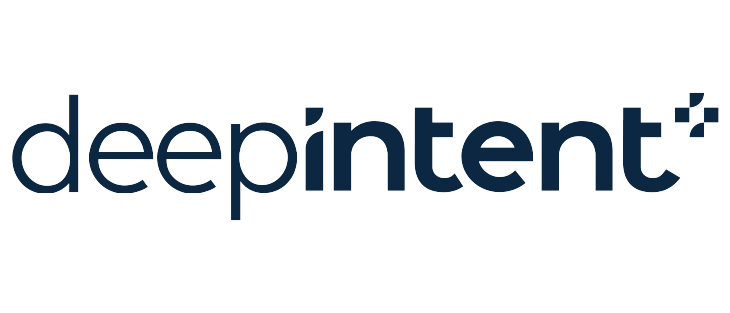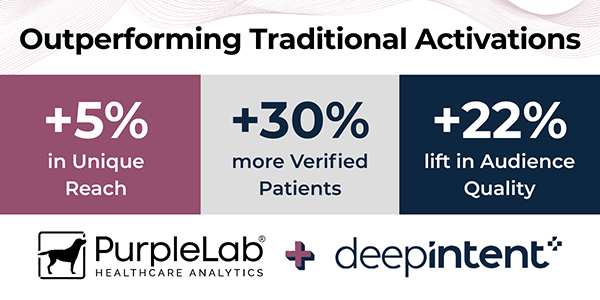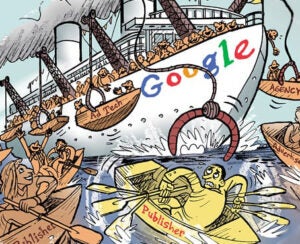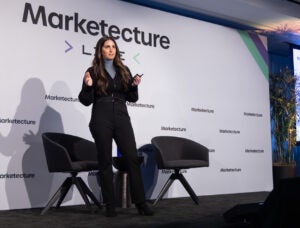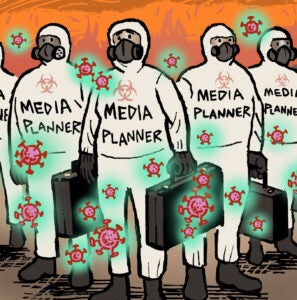Health care and life sciences have long lagged in digital advertising, still focused on mass-audience approaches. But as the blockbuster drug era fades and precision medicine rises, broad strategies often fail to make precision therapies commercially viable – leaving life-changing treatments underused.
Tomorrow’s most promising treatments – biologics and those informed by genetic or biomarker insights – are designed for specific patient populations. The pharma industry must embrace precision engagement strategies to match.
That shift is already underway, led by privacy-preserving technology and AI-powered marketing that redefines what’s possible for precise engagement. This shift is about much more than ROI; it’s about making scientific breakthroughs commercially viable and accessible, ensuring that life-changing treatments reach the patients who need them most.
When powered by AI and guided by responsibility, precision marketing can work seamlessly and compliantly to advance precision medicine.
Distilling robust data for richer engagement
Caution around the sensitivity of health information and rigorous medical, legal and regulatory review processes historically kept pharma focused on broad, nonpersonal promotion strategies like linear TV and endemic media.
But today, through tokenization and HIPAA-compliant frameworks, health care marketers can responsibly join disparate data sources using common, privacy-first currencies, unlocking actionable insights at speed while safeguarding patient privacy.
The real advantage lies in harnessing dynamic signals. By layering first-, second- and third-party data, marketers can anticipate critical inflection points in the patient journey when a treatment decision, coverage barrier or therapy switch is most likely to occur. This means marketers create more precise audience segments based on more personalized needs.
For example, if cost or coverage is a barrier, a brand can integrate co-pay support data directly into its audience and campaign strategy. This allows marketers to segment audiences based on access challenges, fueling messaging and enabling downstream activation to occur exactly in the moment of need, thereby improving access to care.
By joining clinical and activation signals in clean room environments, marketers can act on predictive insights across planning and activation, ultimately accelerating the adoption of innovative therapies and improving outcomes. Achieving this requires trusted partnerships and first-party strategies that give brands greater precision, speed and control.
Shifting from mass audiences to precision engagement
As brands gain the ability to responsibly connect and activate richer data, the next shift is inevitable: moving from broad reach tactics to precision engagement.
For decades, health care advertising relied on scale – buying big, reaching everyone and trusting that the message would find the right audience eventually. That model no longer fits today’s fragmented media environment or the expectations of modern marketers.
Marketers now need smarter, measurable strategies and real interoperability. In health care, that means partners collaborating through clean rooms, tokenization and privacy-first frameworks to connect insights and act in real time. Success must be measured beyond basic reach. Clients expect verified reach, measurable audience accuracy and performance tied directly to brand objectives.
At its core, better data collaboration is about acceleration and lift across the value chain. When intelligence flows both ways, everyone moves faster and campaigns continually improve. This fundamental transformation will make campaigns more efficient for brands and more meaningful for patients and providers.
The AI evolution of the health DSP
What’s driving this shift – and what will define the next decade – is how leading DSPs are transforming their role in the ecosystem. Once built primarily for efficient bidding, DSPs are being reimagined as platforms of intelligence, adaptability and collaboration. They’re embedding strategic planning, deploying agentic AI to reimagine optimization and opening their platforms to raise the bar for every partner.
- From bidding to planning: Instead of treating planning as a manual and annual exercise, future-forward DSPs are making it part of the platform itself. Campaign learnings, audience insights and brand goals are embedded directly into live buying systems, closing the gap between strategy and execution. Predictive insights allow optimization before campaigns even launch, replacing the old “test and learn” cycle with smarter, faster activation.
- Agentic AI optimization: Instead of relying on a single algorithm, swarms of intelligent agents run continuous hypothesis tests, exploring countless strategies in parallel. This dynamic experimentation engine accelerates speed to market and uncovers behavioral insights far deeper than traditional metrics.
- Collaboration at scale: Here, the true power of the health DSP comes into focus. By bringing data sources closer to the point of impact, health marketers minimize signal loss, accelerate time-to-activation and establish real-time feedback loops between DSPs, data partners and clients. The result is immediate. Campaigns learn and improve faster, audiences become more accurate and efficient and patients and providers receive more relevant health information when it matters most, ultimately leading to better outcomes.
This more expansive role must become the norm for health DSPs. To keep up with the demands of precision medicine and personalized engagement, health DSPs must embed vertical health care expertise, interoperability and consolidated data solutions that address pharma’s unique challenges head-on.
Pharma’s inflection point
Ironically, the very constraints that once slowed health care marketing are now accelerants. The strict guardrails and safeguards pharma must meet are establishing new standards for compliant, privacy-centric activation. In doing so, health care is not just catching up; it’s helping define the future of digital advertising.
This creates both urgency and opportunity. With the right partners, pharma brands and their agencies can take advantage of regulated data frameworks, AI-driven optimization and collaborative DSP models to deliver more precise, efficient and impactful campaigns. Those who act now will not only transform their own commercial strategies, but also set the standard for how digital advertising operates across industries.
For health care, the stakes are even higher: ensuring that patients are connected to the right treatments at the right moment and in a way that is privacy-first, precise and impactful.
Pharma may have been late to digital. Now, it’s defining digital’s future.
For more articles featuring Ted Sweetser, click here.




